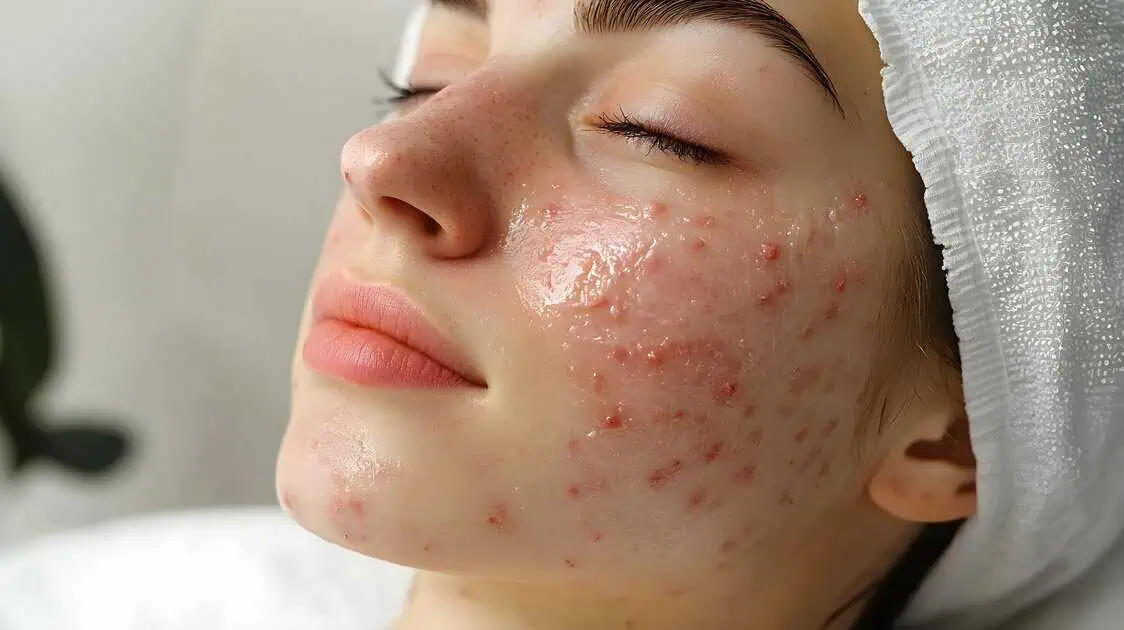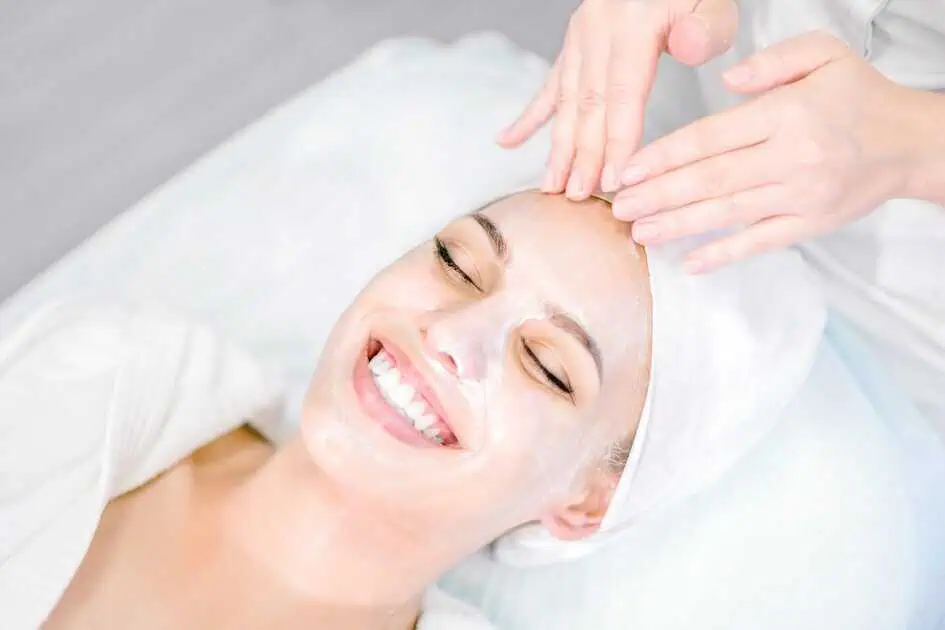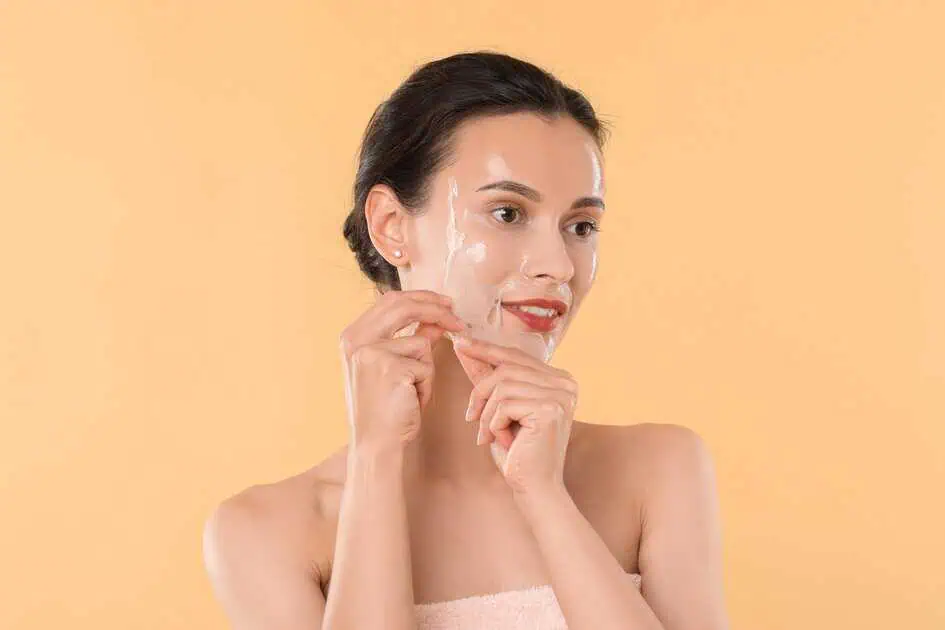Introduction
As we age, our epidermis loses elasticity and develops wrinkles. Although wrinkles are a natural consequence of aging, many people endeavor to minimize their appearance. One option that has become increasingly popular recently is wrinkle relaxers. Wrinkle relaxers are injectable treatments that temporarily paralyze or relax the muscles responsible for causing wrinkles. In this blog post, we will help you understand the different types of wrinkle relaxers available on the market, including neuromodulators like Botox and dermal fillers. We will discuss how they work, their differences, and what to anticipate during and after treatment. Whether you’re considering wrinkle relaxers for the first time or are a seasoned user, this post will provide valuable insights on choosing the right option.
Types of Wrinkle Relaxers
Regarding wrinkle relaxers, there are two main categories: neuromodulators and dermal fillers. Neuromodulators temporarily paralyze or relax the muscles responsible for causing wrinkles, while dermal fillers fill in wrinkles and add volume to the face. Let’s examine each group and the many wrinkle relaxers that fall under it in more detail.
A. Neuromodulators
Neuromodulators, or neurotoxins, are the most common type of wrinkle relaxer. They function by preventing the nerve signals that drive muscles to contract, giving the skin a smoother, more youthful appearance. Botox, Dysport, and Xeomin are the three neuromodulators that are currently the most widely used.
- Botox, or Botulinum toxin, is one of the most well-known and widely used neuromodulators. It’s made from a purified form of the botulinum toxin, produced by the bacteria that causes botulism. When injected into the skin, Botox reduces the appearance of wrinkles by interrupting the nerve signals that cause muscle spasms. It is widely employed to treat frowns, crow’s feet, and forehead lines.
- Dysport is another popular neuromodulator that works in a similar way to Botox. It’s made from a slightly different form of the botulinum toxin and has a slightly faster onset of action. Dysport is often used to treat forehead lines and frown lines.
- Xeomin is a newer neuromodulator that is growing in popularity. It’s made from the same botulinum toxin as Botox but is formulated differently. Xeomin is said to have a more natural-looking effect and is often used to treat forehead and frown lines.
B. Dermal Fillers
Dermal fillers are another type of wrinkle relaxer that fills in wrinkles and adds volume to the face. Several types of dermal fillers are available, each made from different materials and designed to treat different areas of the face.
- Hyaluronic Acid Fillers – The most often used dermal fillers are those made of hyaluronic acid. The body naturally produces hyaluronic acid, which keeps the skin moisturized and supple. When injected into the skin, hyaluronic acid fillers help fill in wrinkles and add volume to the face. They often treat nasolabial folds, marionette lines, and lip lines.
- Collagen Fillers – Proteins called bovine or human collagen, which gives the skin structure and support, are used to make collagen fillers. They work by adding volume to the skin and filling in wrinkles. Collagen fillers are less commonly used today than in the past, as newer, longer-lasting fillers have largely replaced them.
- Calcium Hydroxylapatite Fillers – are made from a mineral-like compound found in bone and teeth. When injected into the skin, they stimulate the production of collagen, which helps plump up the skin and reduce the appearance of wrinkles. They often treat nasolabial folds, marionette lines, and cheeks.
- Poly-L-Lactic acid fillers or Sculptra – are made from a biodegradable synthetic material that stimulates collagen production. They function by progressively boosting facial volume over time. Deep creases and hollow areas, like the cheeks and temples, are frequently treated with poly-L-lactic acid fillers.
Neuromodulators: What they are and how they work
Neuromodulators are a type of wrinkle relaxer that temporarily blocks nerve signals to specific muscles, which can help reduce the appearance of dynamic wrinkles. Over time, dynamic wrinkles are caused by repeated muscle movements, such as frowning or squinting. By reducing muscle activity in these areas, neuromodulators can help smooth out wrinkles and prevent them from becoming more prominent.
The most well-known neuromodulator is Botox, which has been used for decades to treat various cosmetic and medical conditions. However, other neuromodulators, including Dysport and Xeomin, are available on the market. While they all work similarly, some differences may make one more suitable for specific individuals than others.
Botox is the most commonly used neuromodulator and is FDA-approved for treating several cosmetic conditions, including frown lines, forehead wrinkles, and crow’s feet. Dysport is another popular option that is also FDA-approved for treating frown lines. Xeomin is a newer neuromodulator that is FDA-approved for treating frown lines and is often preferred by individuals who have developed a resistance to Botox.
The effects of neuromodulators typically last for several months, after which the muscles will gradually regain their function, and wrinkles will begin to reappear. However, with regular treatments, the effects can last longer and become more pronounced over time.
Dermal Fillers: What they are and how they work
Dermal fillers are a type of wrinkle relaxer that fills in wrinkles, fine lines, and hollow areas of the face. They are made up of different materials, including hyaluronic acid, collagen, calcium hydroxylapatite, and poly-L-lactic acid, and each type has its unique properties.
Hyaluronic acid is one of the most known dermal fillers to enhance volume and reduce wrinkles. A naturally occurring molecule called hyaluronic acid keeps the skin moisturized and firm. Hyaluronic acid fillers can help restore volume and elasticity and promote collagen synthesis when injected into the skin.
Collagen fillers, on the other hand, are made up of bovine or human-derived collagen, which is a protein that makes the skin its structure and elasticity. These fillers are used to treat fine lines and wrinkles and can also be used to add volume to the lips and cheeks.
Calcium hydroxylapatite fillers are thicker, more viscous fillers used to treat deeper wrinkles and hollow areas of the face. They comprise calcium hydroxylapatite particles suspended in a gel, providing longer-lasting results than other fillers.
Another form of filler that promotes collagen production is poly-L-lactic acid. This type of filler can take several weeks to manifest its effects fully and is used to treat deep wrinkles and hollow areas of the face.
The effects of dermal fillers vary depending on the type of filler used but typically last for several months to a year. With regular treatments, the effects can become more pronounced and longer-lasting.
Choosing the Right Wrinkle Relaxer
Given the abundance of options, choosing a suitable wrinkle relaxer might be overwhelming. However, by considering a few essential factors and consulting with a qualified professional, you can determine the best option for your unique needs and goals.
Type of Wrinkles: The type and severity of wrinkles you want to address are essential to consider when choosing a wrinkle relaxer. Neuromodulators, such as Botox, Dysport, and Xeomin, are the preferred option for treating dynamic wrinkles caused by repetitive facial movements such as squinting or frowning. Dermal fillers, on the other hand, work better for correcting static wrinkles brought on by the skin’s loss of collagen and elastin.
Desired Outcome: Another essential factor to consider is the desired outcome. If you want a more natural-looking result, dermal fillers may be better. However, neuromodulators may be the better option for dramatic change.
Budget: The cost of different types of wrinkle relaxers varies depending on the type and quantity used. Neuromodulators, such as Botox, Dysport, and Xeomin, are generally more affordable than dermal fillers, making them a popular choice for many people.
Consultation with a Qualified Professional
Consulting with a qualified professional is crucial in choosing the right wrinkle relaxer. A licensed and experienced provider can evaluate your unique needs and goals, explain the differences between the options, and recommend the best treatment plan. They can also ensure that the treatment is safe and effective and that you achieve the desired results.
Conclusion
In summary, selecting the correct type of wrinkle relaxer can be challenging, given the numerous options available in the market. Before deciding, it is crucial to consider various factors, such as your desired outcome, type of wrinkles, and budget.
In this blog post, we have discussed the different types of wrinkle relaxers available, including neuromodulators such as Botox, Dysport, and Xeomin, and dermal fillers like Hyaluronic Acid Fillers, Collagen Fillers, Calcium Hydroxylapatite Fillers, and Poly-L-Lactic Acid Fillers. We have also highlighted the differences between these wrinkle relaxers, what to expect during and after treatment, and factors to consider when choosing the right wrinkle relaxer.
We highly suggest seeking the services of a professional and reputable provider like Transformations Wellness Spa to ensure that you achieve safe and effective results. At Transformations Wellness Spa, you can expect personalized care from a team of licensed and experienced providers working with you to generate a personalized treatment plan tailored to your needs.
So, if you’d like to get rid of wrinkles and look younger, schedule an appointment or contact Transformations Wellness Spa today and take the first step toward a more confident and refreshed self!






